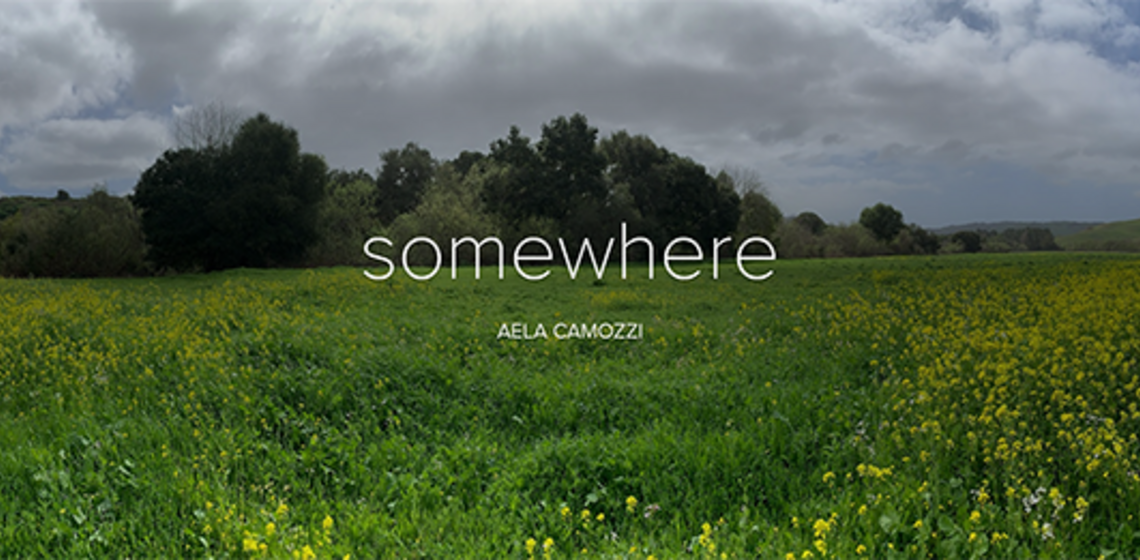Ethnic Studies 176 approaches coursework from various critical/theoretical perspectives, often constructing them as we analyze, and through the lens of Ethnic Studies. It assumes that few, if any of you, are entering the course with an extensive background in the art and cultural production or the attendant scholarly criticism of American ethnic art. It does, however, assume the ability and willingness to read and analyze works closely. Over the course of the semester, the course has various Ethnic American artists from the Bay Area who will share and discuss their artistic visions with the class.
Students are introduced to a cross-section of the art and cultural production from American ethnic groups and to analyze works in both ethnic-specific and inter-ethnic contexts. Students become familiarized with some of the thematic and socio-historical issues that will provide context for the art and cultural production with the aim of not only learning how to ask questions of what they read/view, but also to formulate the questions that a work is asking of you as a reader/viewer. Students write about and discuss the works, artists, and artistic production covered in this course critically, analytically, and passionately.



